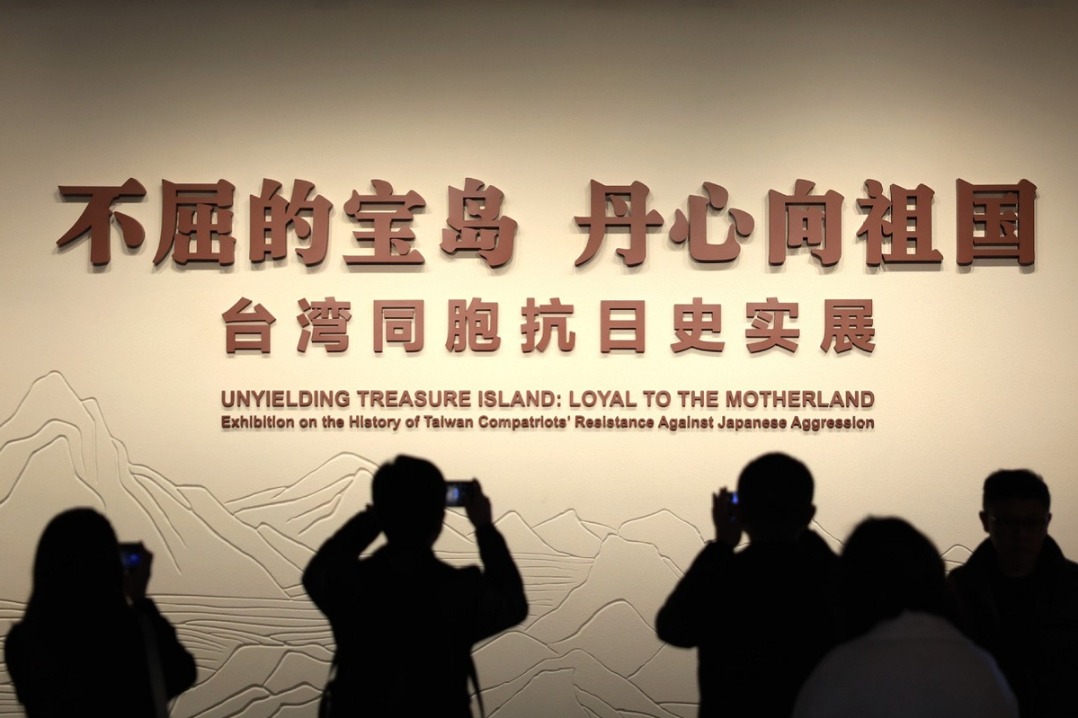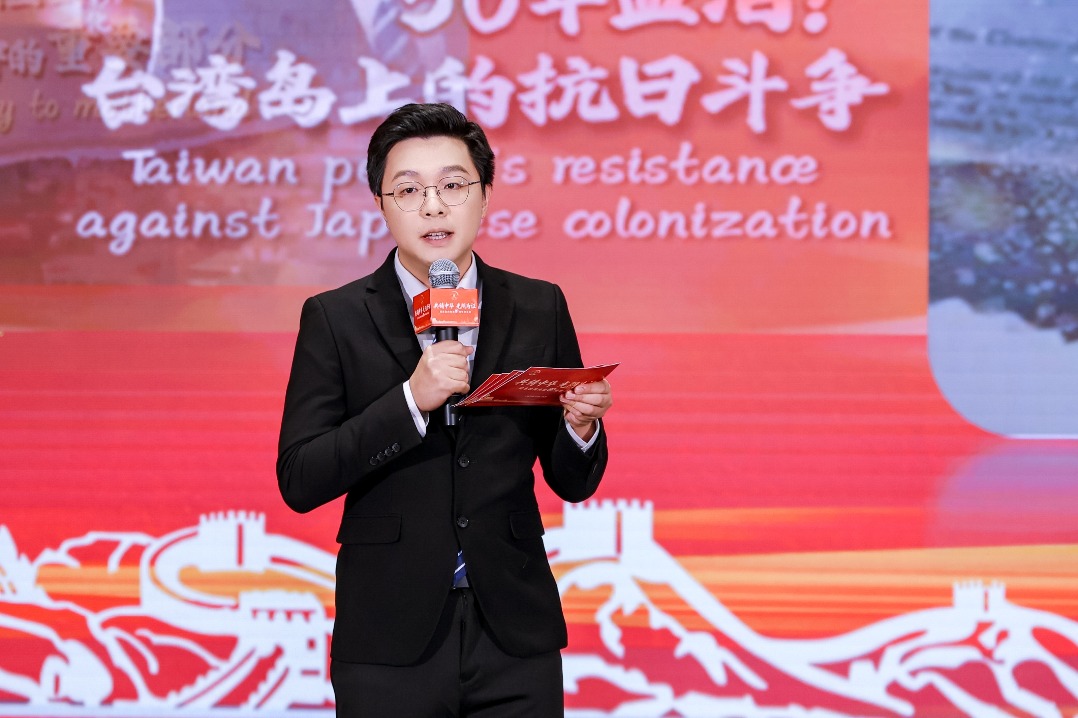History’s Gem


Revisiting the heart of Tibet’s democratic reform
A two-hour drive southeast of Lhasa, capital of the Tibet autonomous region, brings one to Khesum village, situated below the mountains that rise above the Yarlung River valley.
Small as the village is — a population of just 700 — Khesum was the starting point of sweeping democratic reforms in 1959, which ended feudal serfdom under a theocratic system and began a new chapter for the plateau region of Southwest China.
On June 6, 1959, 302 serfs in the village, wearing ragged clothes, elected a preparatory committee for the first association of peasants in Tibet. That day marked the beginning of community-level democracy in Tibet.
Serfs’ Emancipation Day was celebrated in Tibet on March 28. During the reform in 1959, more than 1 million people, or 90 percent of the region’s population at that time, were emancipated from the feudal serf system.

- Former senior legislator dismissed from public office for duty-related crimes
- Former natl defense official expelled from Party for serious violations
- Heihe transforms into winter fairy tale after snowfall
- Symposium stresses on cooperation in global pollination tech
- Shaoguan launches online platform for agricultural products
- Xi visits Palace Museum's centenary exhibition





































